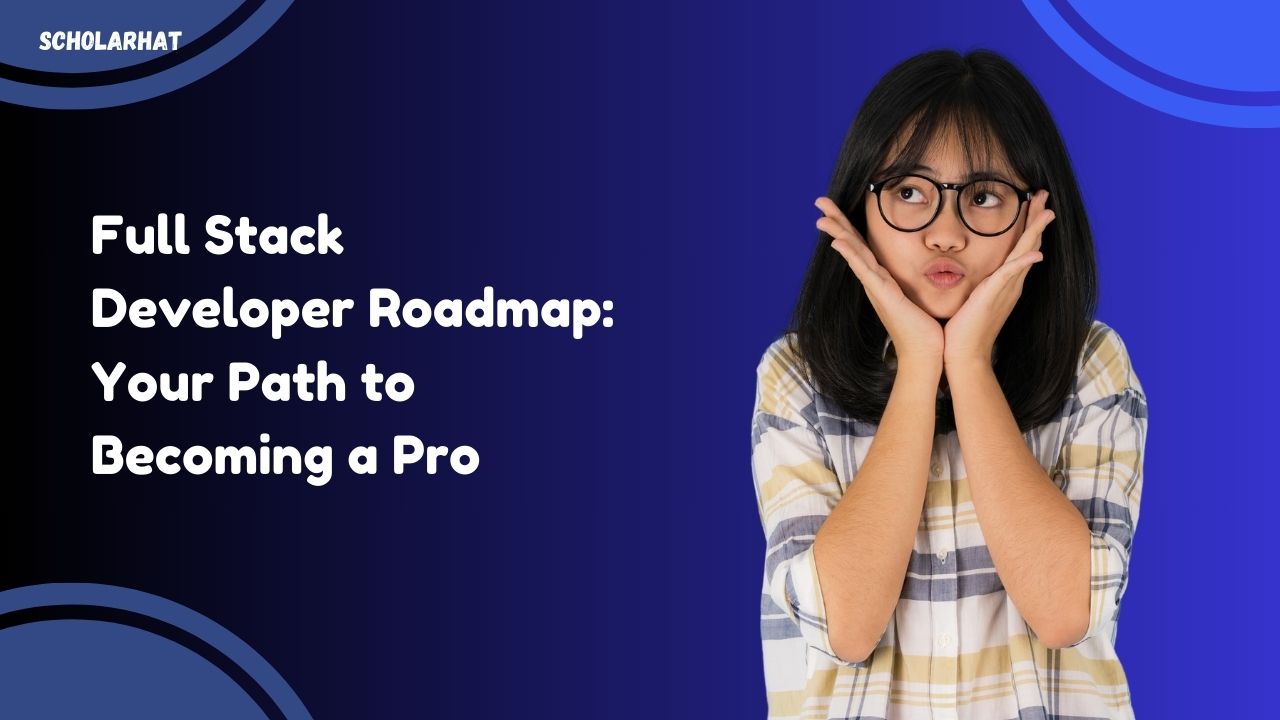
Full Stack Developer Roadmap: Your Path to Becoming a Pro
Becoming a full stack developer is an ambitious goal that encompasses a broad range of skills in both frontend and backend development. This career path requires a deep understanding of multiple technologies and the ability to integrate them into functional and dynamic web applications. This article outlines a comprehensive roadmap to becoming a proficient full stack developer, including key skills to master and the types of questions you might face in an interview.
1. Understand the Basics of Web Development
HTML, CSS, and JavaScript
Every full stack developer’s journey begins with the fundamentals of HTML, CSS, and JavaScript. These are the building blocks of web content, styling, and functionality. Mastery of these technologies is crucial as they form the foundation of your frontend skill set.
Version Control/Git
Understanding how to manage and track changes in your projects using version control systems like Git is essential. It allows for collaboration and is a critical tool in any developer’s arsenal.
2. Learn Backend Technologies
Server, Networking, and Hosting Environment
Knowing how server-side works, understanding basic networking concepts, and how the internet works are vital. Familiarity with server types, cloud hosting, and basic security is necessary to manage the backend effectively.
Database Management
Full stack developers must handle databases proficiently. Learn both SQL and NoSQL databases, and understand when to use one over the other. Skills in designing schemas and performing CRUD operations are essential.
Server-Side Programming
Pick one or more backend languages such as Node.js, Ruby, Python, Java, or PHP. Learn to create server-side scripts and APIs that interact with your frontend seamlessly.
3. Master Frontend Technologies
Frameworks and Libraries
Once you are comfortable with JavaScript, dive into frameworks and libraries like React, Angular, or Vue.js for frontend development. These tools will help you build complex, scalable, and efficient applications.
Responsive Design
Understand the principles of responsive design and mobile-first design, using frameworks like Bootstrap or Foundation, or pure CSS techniques like Flexbox and Grid.
4. Dive into Advanced Technologies
State Management
Learn state management libraries and techniques, particularly for the framework you specialize in, such as Redux for React, Vuex for Vue, or ngrx for Angular.
Build and Automation Tools
Familiarize yourself with build tools like Webpack, Gulp, or Grunt, and automation tools that streamline your development process and enhance productivity.
Modern CSS
Explore advanced CSS features, pre-processors like SASS or LESS, and CSS architecture methodologies like BEM or SMACSS to manage styles effectively in large projects.
5. Learn Full Stack Integration
DevOps Practices
Understand basic DevOps practices like continuous integration and continuous deployment (CI/CD). Tools like Jenkins, CircleCI, and Travis CI will be crucial for your workflow.
Testing
Develop skills in both unit and integration testing for frontend and backend. Learn testing frameworks like Jest, Mocha, or Jasmine for JavaScript, and other language-specific tools for backend testing.
6. Prepare for the Job Market
Soft Skills
Communication, problem-solving, and project management are key soft skills. Being able to collaborate across teams and manage time effectively is as important as technical prowess.
Build a Portfolio
Create a robust portfolio of projects that demonstrate your full stack capabilities. This should include a variety of applications showcasing both client and server-side proficiency.
Interview Preparation
Prepare for technical interviews by practicing full stack developer interview questions. Understand common algorithms, data structures, system design, and practical application questions.
Following the Full Stack Developer Roadmap
Embarking on the journey outlined in the full stack developer roadmap equips you with the knowledge and skills required to tackle full stack development projects from conception to deployment. This path not only prepares you for technical challenges but also enhances your ability to think critically and solve complex problems, making you a competitive candidate in the job market.
By diligently following these steps, engaging with communities, and continuously learning, you can achieve your goal of becoming a full stack developer. This career path is dynamic and requires ongoing education and adaptation, but it offers immense satisfaction and numerous opportunities in the tech industry.


